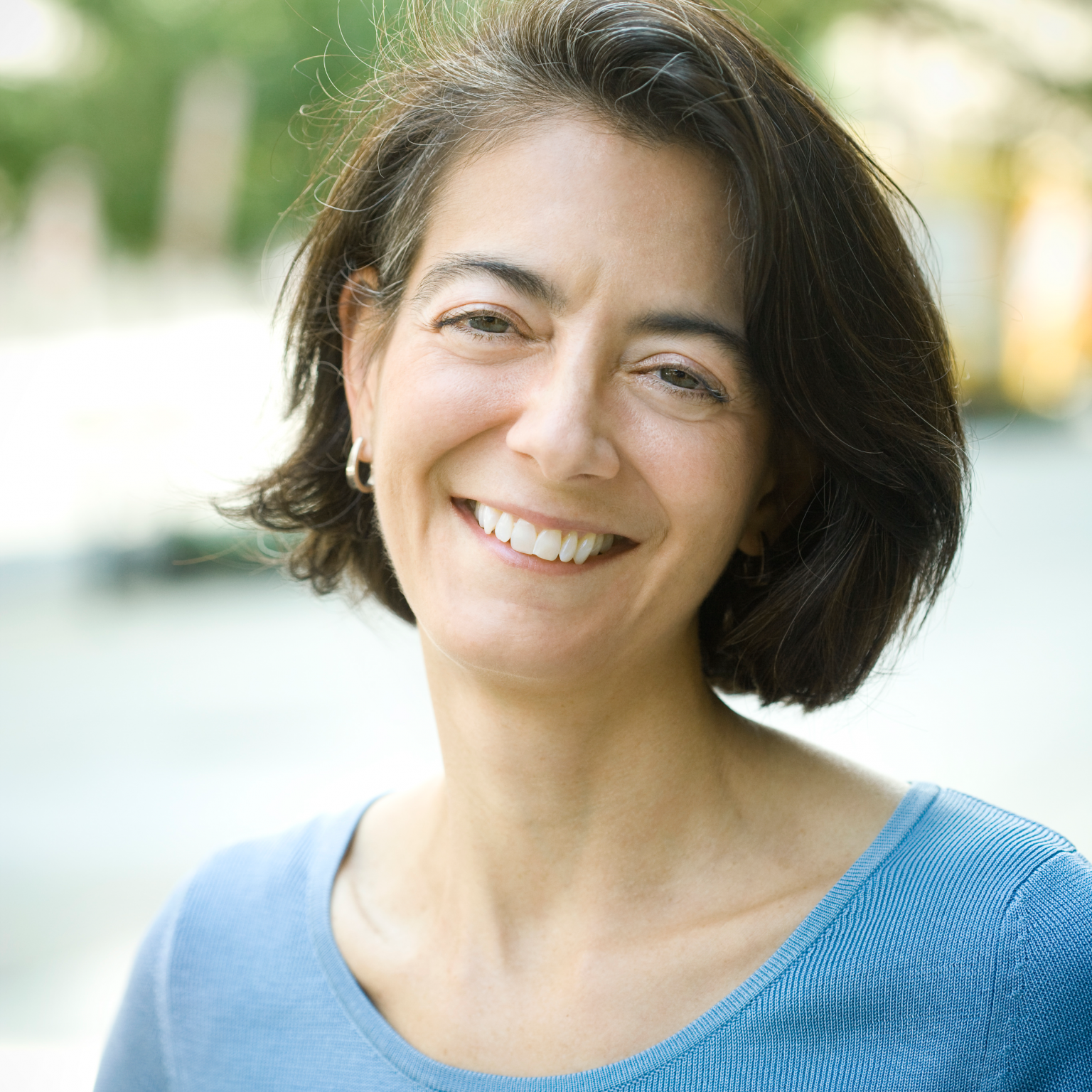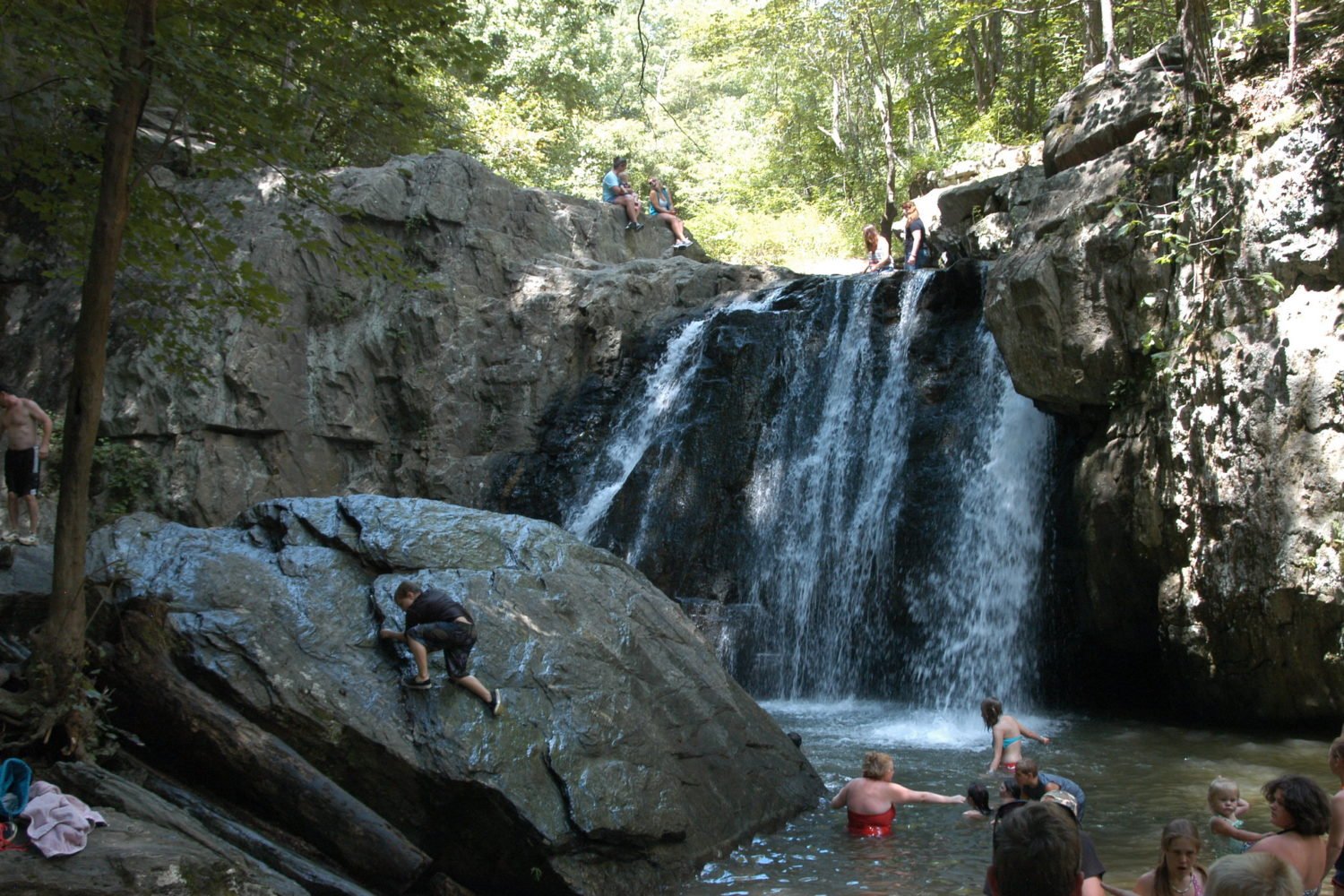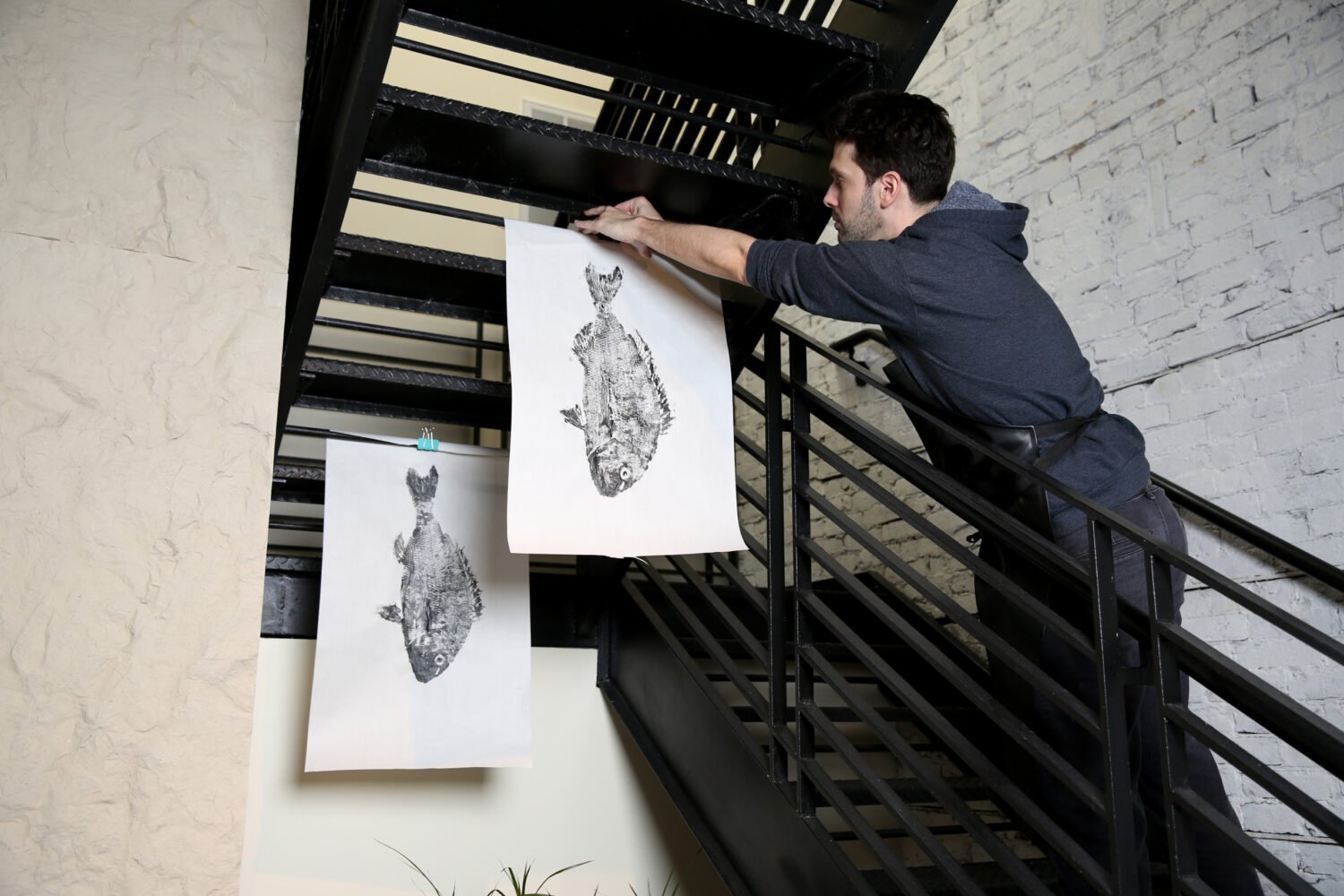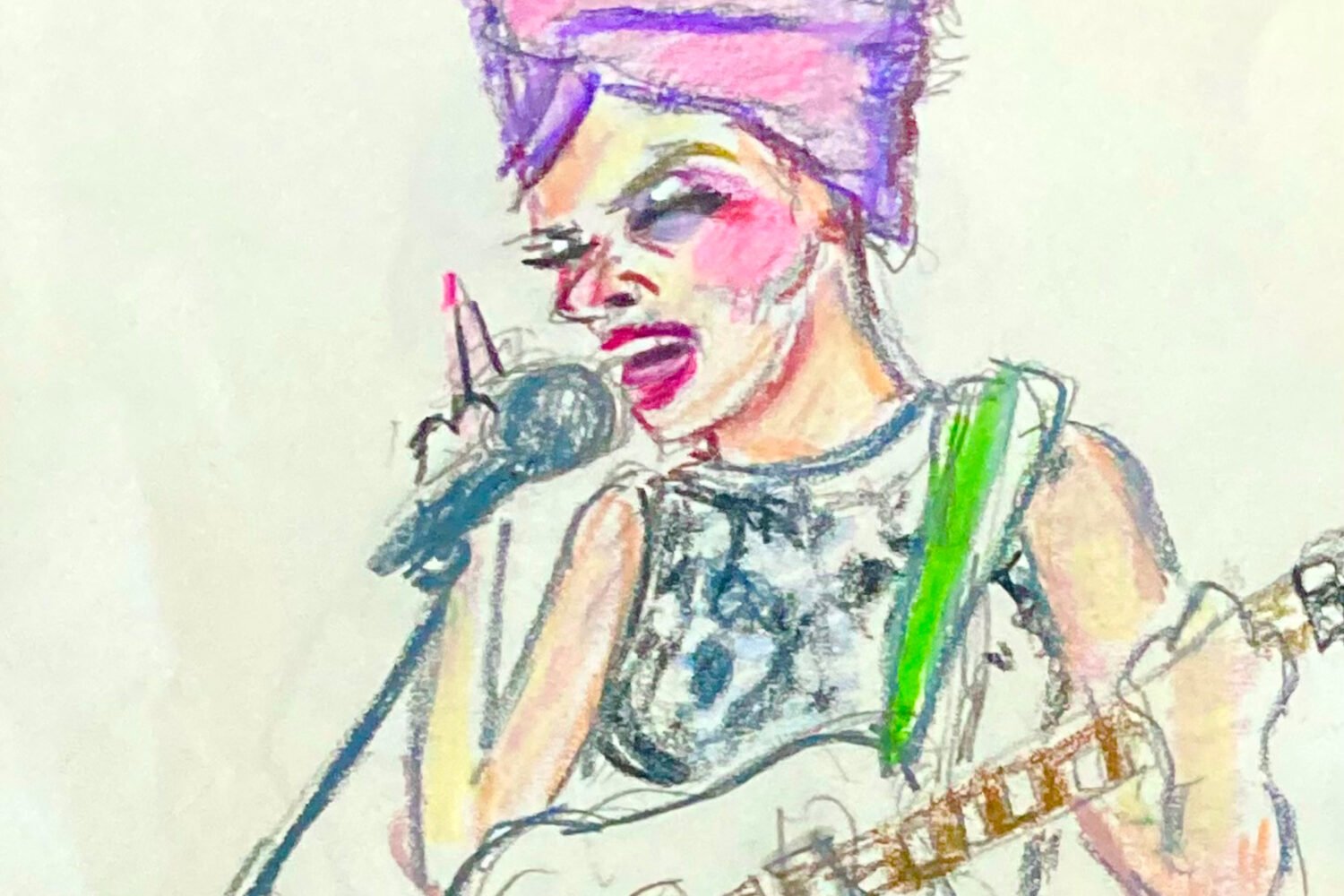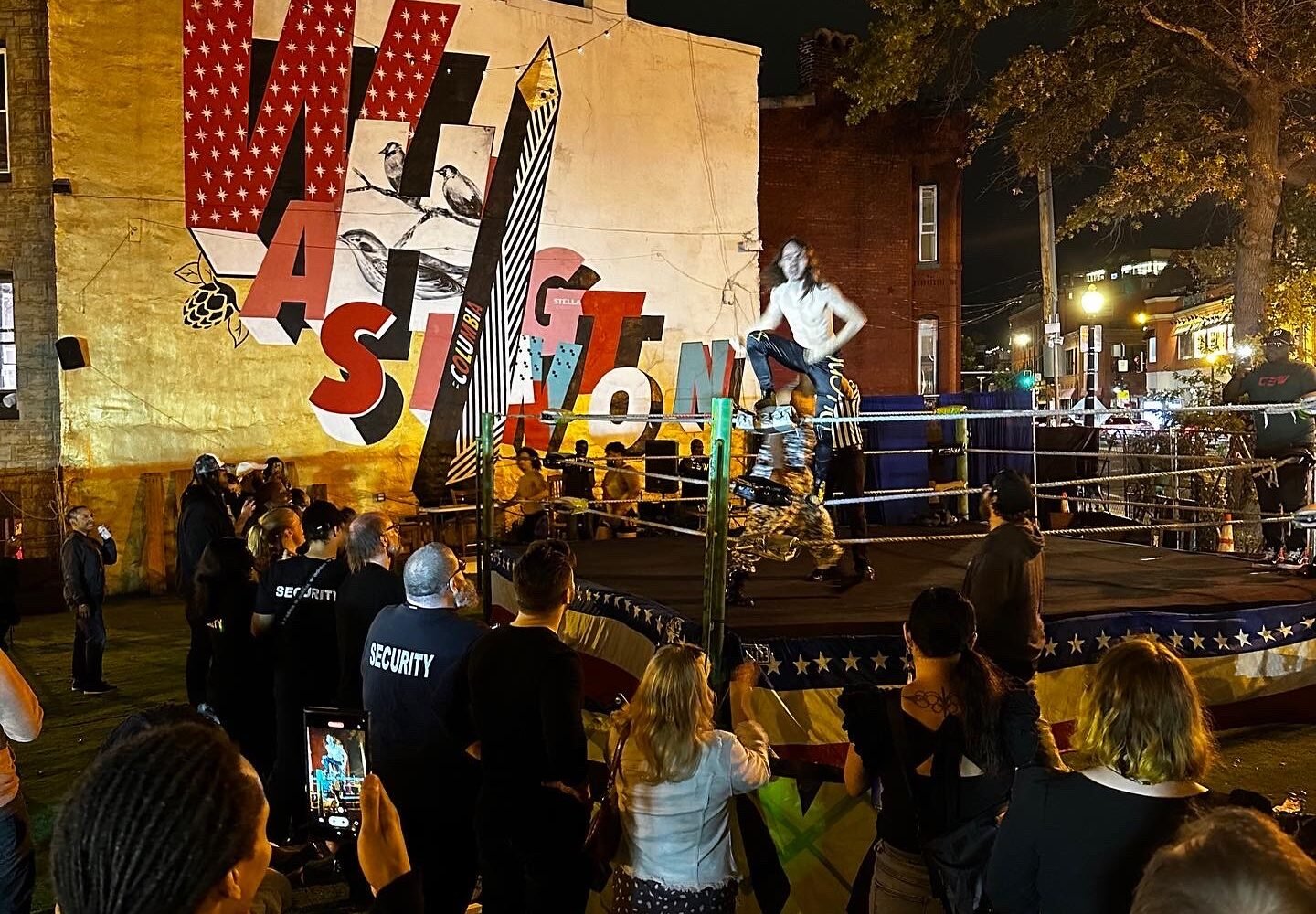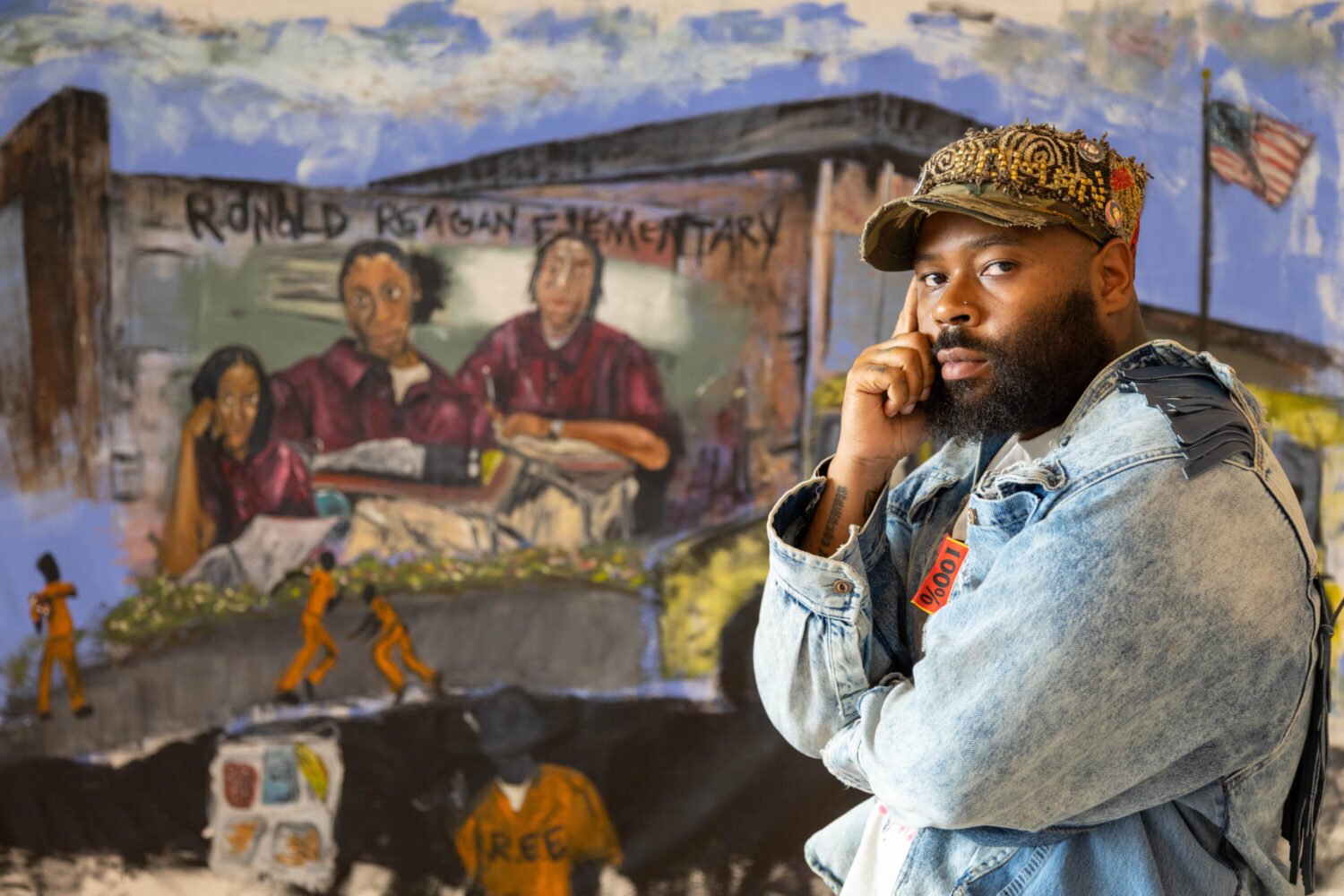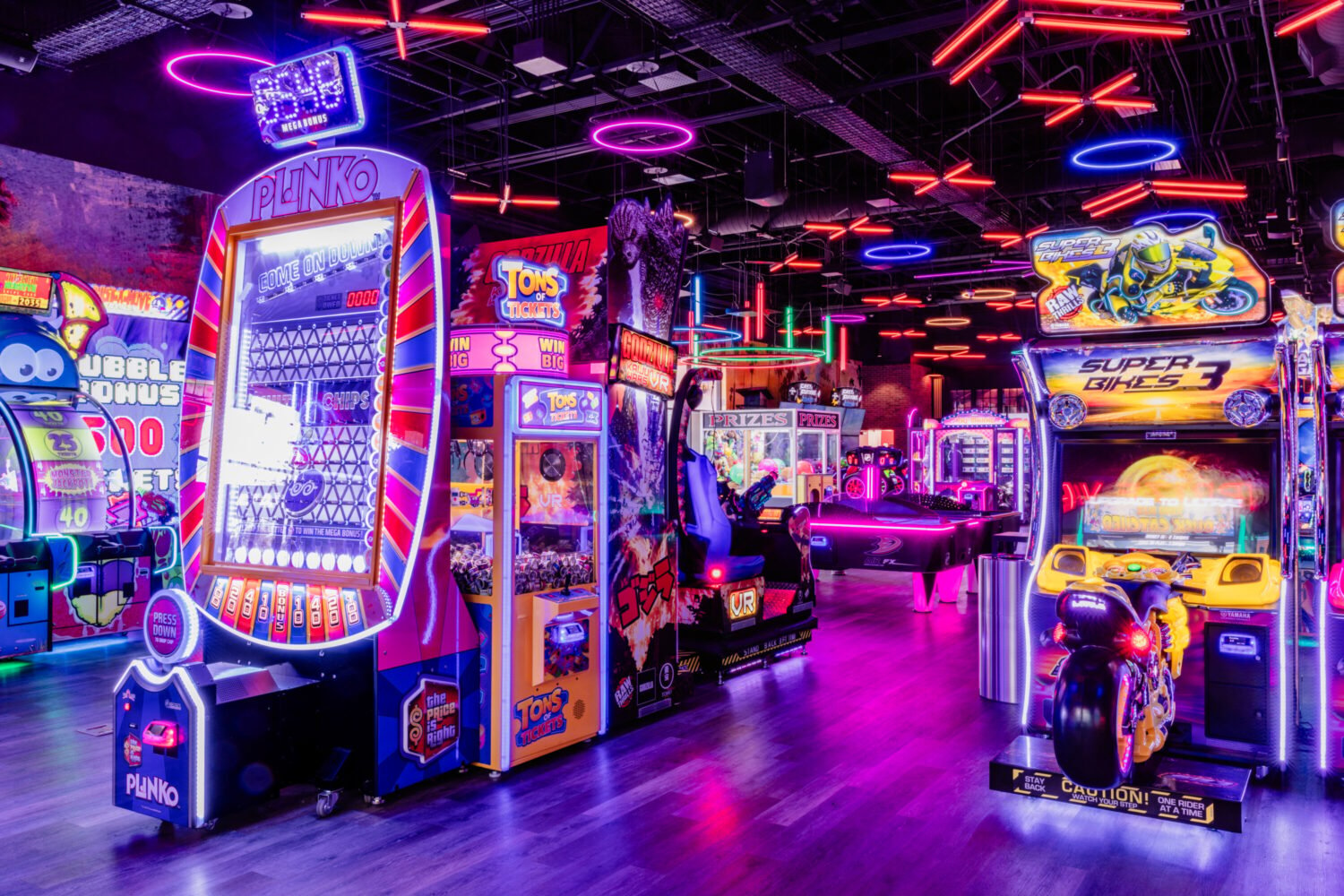The cherry blossoms may have faded, but there’s still time to enjoy another gift from Japan currently on view in Washington–“Colorful Realm: Japanese Bird-and-Flower Paintings” by Itõ Jakuchu, which opens today at the National Gallery of Art’s West Building.
You say silk scroll paintings aren’t an art form you’d normally rush to see? This exhibit may change your mind. The scrolls, painted during a ten-year period from 1757 to 1766, are exquisite. On loan from Japan’s Imperial Household, they’re considered one of the country’s artistic treasures. The 30 scrolls are so delicate, they’ve only been exhibited together twice before–and, until now, they’d never traveled outside Japan. The National Gallery of Art exhibition closes April 29.
The scrolls are all hung in one low-lit room, and the effect is dazzling. The paintings depict a world of fauna and flora–from strutting roosters and a proud peacock to delicate peach blossoms and the luminous red foliage of maple trees. At one time, the scrolls were all displayed in a Zen monastery in Kyoto, along with the Šãkyamuni Triptych, which includes a painting of the Buddha–the National Gallery’s exhibit, which includes the triptych, is meant to evoke that original setting. The birds, fowl, reptiles, fish, and insects in the scrolls are “gathering” for the Buddha’s sermon.
Due to innovative painting techniques used by Jakuchu, such as applying pigment to the back of the canvases, the paintings are rich in hue and seem to glow. The brushstrokes are meticulous, from the white plumage on a trio of birds, in “Plum Blossoms and Cranes,” to the reddish-orange scales on a sea bream in “Fish.” Jakuchu’s vivid renderings stemmed partly from his careful observation of nature. The compositions are sometimes a bit fantastical–in “Fish,” for example, he blended species from both fresh water and the sea. But the effect is impressive nonetheless–a force of nature not to be missed.
For more information, visit the National Gallery of Art’s website.


